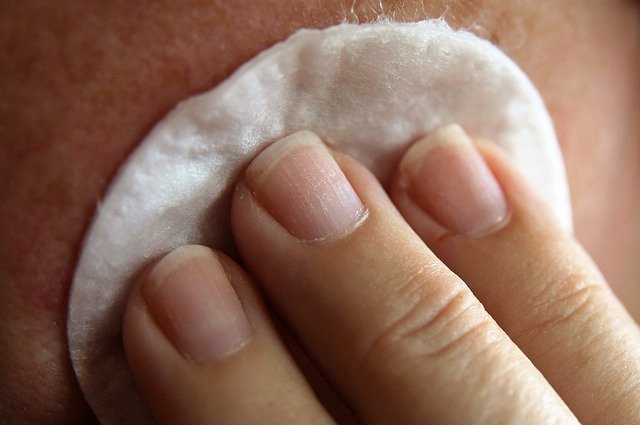Apple cider vinegar has been a natural home remedy for centuries and it has never failed to impress. Besides cooking with, ACV has so many other uses and one of them happen to be removing skin tags.
Skin tags are common and can appear just about anywhere on the skin. They are however more common in areas where the skin folds (neck, eyelids, armpits etc.). These extra pieces of skin are painless and generally harmless, but they do look unattractive.
Eventually, skin tags fall off the skin but this could take some time. If they bother you and take a long time to fall off then it’s best to have them removed.
How is skin tags removed with apple cider vinegar?
There are plenty of different methods that are used widely to remove skin tags, however, they might be costly. More and more people are turning to natural remedies because they are just as effective and well worth it budget wise.
One of these successful methods of removing skin tags includes using organic apple cider vinegar. The procedure is quite simple and lots of people swear by this method.
Method of removing skin tags with apple cider vinegar
Before starting with the procedure make sure that the area affected is clean and free of dirt and oil.
Normal skin
If you have normal skin that isn’t sensitive and can tolerate the acidity of ACV then follow these steps.
You will need:
- 2 Cotton pads
- Unfiltered raw apple cider vinegar
Apply a small amount of ACV to the cotton pad.
- Gently wipe around the area of the skin tag with the cotton pad.
- Let the mixture sit on your skin for a couple of minutes before rinsing with warm water.
- Repeat every day before going to bed.
Sensitive skin
If you have sensitive skin and find that the apple cider vinegar causes some discomfort to your skin then dilute it with some water and use the following method:
- 2 Cotton pads
- Unfiltered raw apple cider vinegar
- Lukewarm water
- Wash the area with an antibacterial soap before starting to ensure that it’s clean.
- First, measure the apple cider vinegar and the water until you have 1:1 ratio. Test the combination on a small area of skin to see if the ratios work for your skin sensitivity. If you still find it too strong then add more water to the mixture.
- Once you’re happy with the ratio you can apply a small amount of the ACV mixture to a cotton pad.
- Take the cotton pad and work it around the area where the skin tag appears. You do not have to put pressure on this to work.
- Let this sit on your skin for a couple of minutes before rinsing off.
How long does ACV take to remove skin tags?
Results may vary from individual to individual but can be seen within the first month.
In order to see results, you will have to introduce apple cider vinegar to your daily regime. Being consistent will do the trick.
What to do once the skin tag is removed?
The skin tag will fall off on its own and you won’t experience any pain or discomfort when it happens. However, your skin might be slightly sensitive for a couple hours but it will feel normal in no time.
Aftercare of a skin tag is usually very low maintenance, all you really need to do is moisturize the area. If you experience any stinging or further sensitivity try massaging some aloe-vera gel to the area.
There is no downtime or recovery time after skin tags have fallen off; the process is quick and painless.
Why is this method so effective?
To fully understand why ACV is so effective you have to understand the formation of a skin tag:
The skin tag is joined to the skin with a thin stalk; this is why it appears above the surface of the skin. Once apple cider vinegar is applied to the “stalk”, the tissue around the area breaks down, thus removing the skin tag. This will not happen immediately and might take some time.
The main reason that ACV is so effective for skin tags is because of its acidic properties. These properties loosen skin tags and neutralize the pH levels of the skin.
*Before self-treating any skin condition always check with your dermatologist.

